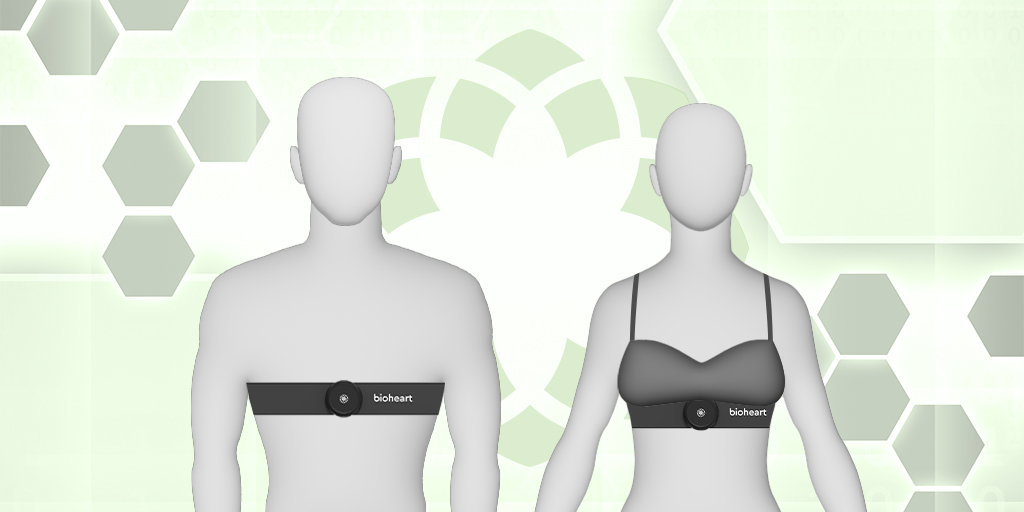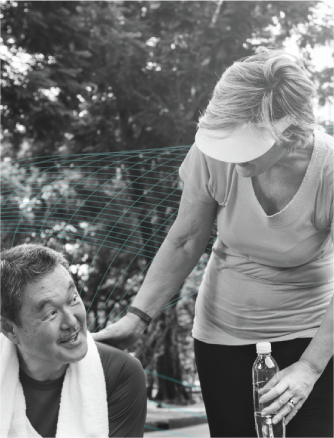Monitoring heart health has never been more accessible, thanks to innovative technologies like the rhythm monitor, rhythm heart monitor, and ePatch. These devices offer precise, real-time insights into heart rhythms, empowering individuals to manage their cardiovascular health effectively and proactively.
What is a Rhythm Monitor?
A rhythm monitor, or rhythm heart monitor, is a compact device designed to detect and record irregularities in heart rhythms. Heart diseases are difficult to diagnose because patients can be asymptomatic, especially in early stages of the disease, and symptoms can occur intermittently. By capturing electrical activity over a longer duration of time, rhythm monitor devices can help medical professionals identify conditions like arrhythmias and other cardiac abnormalities. The rhythm heart monitor is portable, easy to use, and an essential tool for individuals seeking to stay informed about their heart healthy.
The Role of a Rhythm Heart Monitor
A rhythm heart monitor takes monitoring a step further by providing detailed, continuous tracking of heart activity. Ideal for patients with suspected or known arrhythmias, this device helps healthcare providers analyze data to diagnose and treat heart rhythm disorders more effectively. Its user-friendly design ensures patients can wear it comfortably while going about their daily lives.
Why Rhythm Monitoring is Crucial
Heart rhythm disorders often go undetected until they lead to severe complications like stroke or heart failure. A rhythm monitor or rhythm heart monitor enables early detection, giving individuals the opportunity to seek medical intervention before symptoms escalate. These tools are particularly valuable for individuals with risk factors such as high blood pressure, diabetes, or a family history of heart disease.
The Role of the ePatch Heart Monitor
The ePatch is a groundbreaking device in rhythm monitoring technology. The ePatch heart monitor attaches directly to the skin, offering extended, real-time heart rhythm monitoring without the inconvenience of bulky equipment or wires. The ePatch device’s ability to continuously capture data over several days or weeks provides healthcare providers with detailed insights into a patient’s heart activity, enabling accurate diagnoses and effective treatment plans.
How Rhythm Monitor and ePatch Devices Work
Both rhythm monitor and ePatch heart monitor devices use advanced sensors to track electrical signals in the heart. The data collected is either stored for later analysis (rhythm heart monitor devices) or transmitted directly to healthcare providers (ePatch heart monitor devices). This streamlined process while ensuring accurate diagnosis and timely care, reducing the risk of long-term complications and hospitalizations.
The Benefits of Patch Monitor Technology
Modern rhythm monitoring devices, such as the patch monitor, or ePatch device, offer unparalleled convenience. Lightweight and adhesive, the ePatch monitor stays securely on the skin, allowing for seamless, continuous heart rhythm tracking. Patients no longer need to visit clinics frequently for testing; instead, they can monitor their heart rhythms from the comfort of their homes with the ePatch. This not only saves time but also promotes continuous care and better outcomes.
Biotricity’s Commitment to Heart Health
At Biotricity, we specialize in providing cutting-edge cardiac care solutions, including rhythm monitor devices, ePatch devices, and patch monitor devices. Our devices are designed to simplify heart health management, offering accurate insights that empower individuals to take charge of their cardiovascular well-being.
Take Control of Your Heart Health Today
Early detection is key to preventing serious heart conditions. With Biotricity’s innovative rhythm monitoring solutions, including rhythm monitor devices, ePatch devices, and patch monitor devices, you can stay informed and take proactive steps toward maintaining a healthy heart. Learn more about our range of advanced heart health tools and start your journey to better health here.






